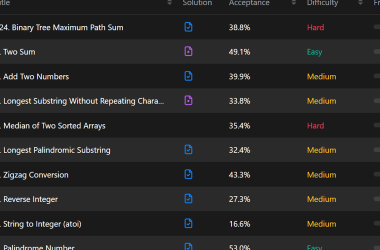Binary I/O does not involve encoding or decoding and thus is more efficient than text I/O. Computers do not differentiate between binary files and text files. All files are stored in binary format, and thus all files are essentially binary files. Text I/O is built upon binary I/O to provide a level of abstraction for character encoding and decoding, as shown in Figure below (a). Encoding and decoding are automatically performed for text I/O. The JVM converts Unicode to a file-specific encoding when writing a character, and it converts a file-specific encoding to Unicode when reading a character. For example, suppose you write the string “199” using text I/O to a file, each character is written to the file. Since the Unicode for character 1 is 0x0031, the Unicode 0x0031 is converted to a code that depends on the encoding scheme for the file. (Note that the prefix 0x denotes a hex number.) In the United States, the default encoding for text files on Windows is ASCII. The ASCII code for character 1 is 49 (0x31 in hex) and for character 9 is 57 (0x39 in hex). Thus, to write the characters 199, three bytes—0x31, 0x39, and 0x39—are sent to the output, as shown in Figure below (a).
Binary I/O does not require conversions. If you write a numeric value to a file using binary I/O, the exact value in the memory is copied into the file. For example, a byte-type value 199 is represented as 0xC7 (199 = 12 * 16^1 + 7) in the memory and appears exactly as 0xC7 in the file, as shown in Figure below (b). When you read a byte using binary I/O, one byte value is read from the input.
In general, you should use text input to read a file created by a text editor or a text output program, and use binary input to read a file created by a Java binary output program.
Binary I/O is more efficient than text I/O, because binary I/O does not require encoding and decoding. Binary files are independent of the encoding scheme on the host machine and thus are portable. Java programs on any machine can read a binary file created by a Java program. This is why Java class files are binary files. Java class files can run on a JVM on any machine.






